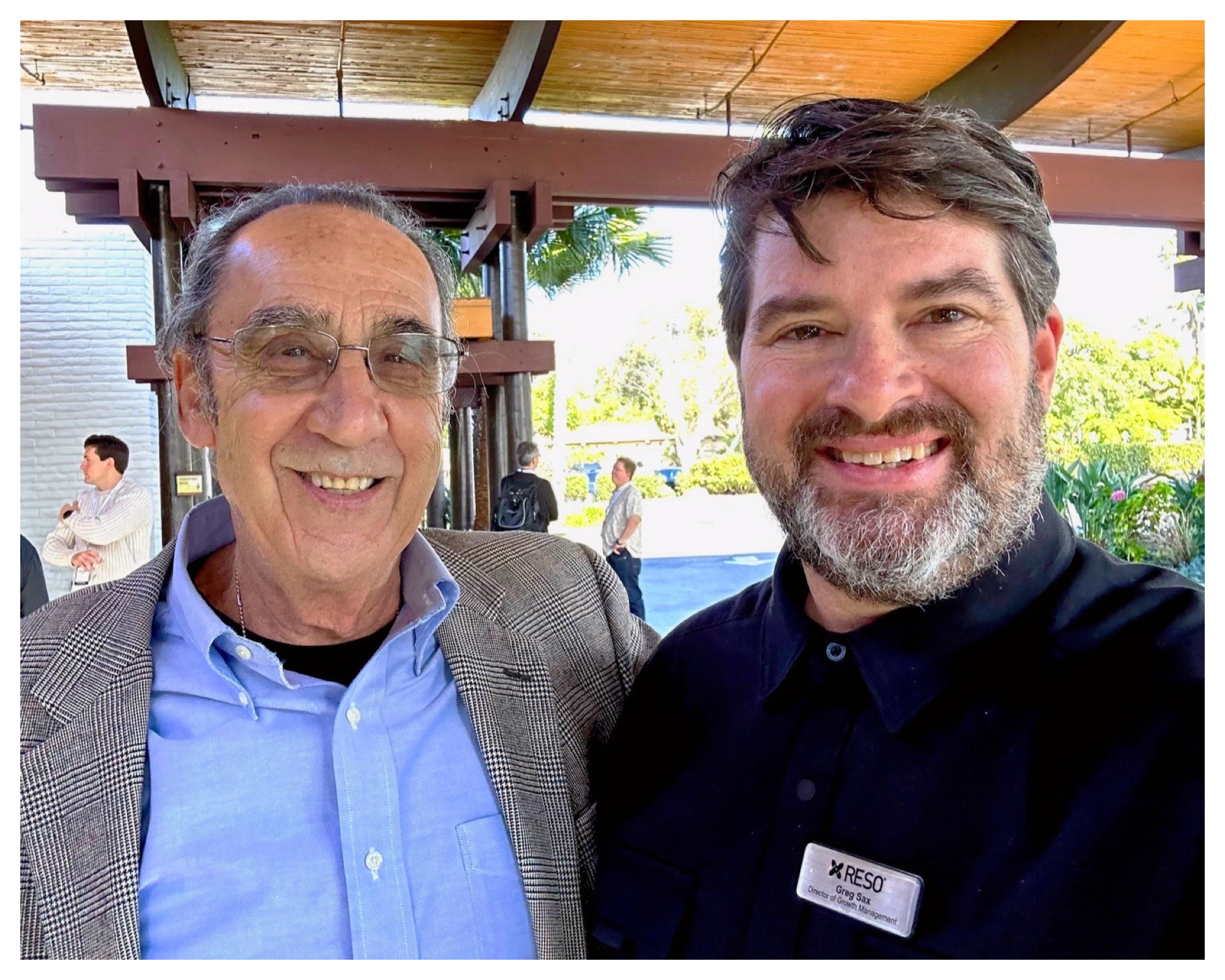by G. Sax, Head of Communications, RESO
Welcome to “Three Questions,” an interview series that introduces you to real estate industry professionals, their businesses and how they interact with real estate standards. The goal of the series is to humanize the tech side of the industry, fun included.
 This week, we return for the back half of our two-part interview with San Diego MLS CEO, industry veteran and military veteran, Saul Klein. We went deep into real estate history and oceanic navigation. Enjoy!
This week, we return for the back half of our two-part interview with San Diego MLS CEO, industry veteran and military veteran, Saul Klein. We went deep into real estate history and oceanic navigation. Enjoy!
Q1: You have a proud history with the U.S. Navy. I’ve touched on this with other interviews, because many real estate executives have a military background. What is it about the military that creates this seemingly perfect transition into real estate?
Saul: Without a doubt, it’s understanding accountability and responsibility. I also think the military provides an environment and the experience to develop both leadership and management skills. You’re given great responsibility at a very early age in the military, and those skills carry over to the civilian world.
In the early 1970s, I was navigating U.S. Navy surface combatants using celestial navigation, “shooting” stars, sun lines and moon lines. The introduction of satellite navigation and its evolution had an immense impact on my thinking about the practical application of technology in one’s day-to-day life.
I was fortunate to serve on one of the first computerized classes of U.S. Naval ships, the USS Elliot (DD-967), a Spruance-class destroyer.
I could push a button and the ship’s computer could calculate latitude and longitude. I saw the real power and practical application of technology, and I never forgot that lesson. What was impossible became possible, and even easy.
Prior to that, it was celestial navigation and dead reckoning, making logical assessments of where we should be every hour based on a course and speed over time.
Initially, trusting computers was a test by fire. There were only three navigational satellites deployed when I had my first opportunities to use this new technology as Navigator of Elliot.
We simply didn’t trust the tech yet. We trusted our eyes. But that was only because the technology was so new to us. Soon enough, that button was all we needed to get from say, Pascagoula, Mississippi, to the east side of the Panama Canal.
When I got into real estate, tech was also new and not blindly trusted, but I had the benefit of seeing how new technologies changed everyday tasks.
The things I studied at the Naval Academy did not become commonplace until seven to ten years later, which gave me the mindset in my real estate career that there were technology solutions to common tasks in the pipeline not visible in the present. I proactively searched for the future.
I learned to trust the process. I was patient with real estate technology, because I knew it took time to make massive changes.
Q2: Okay, Mr. Historian. I have one test question for you. Do you know who came up with the term REALTOR®, where this person was from and what year the term was coined?
I don’t, but I do know how it all started.
The origin of the term was never really important to me. The fact that we went from real estate exchanges and pitching properties to the tech of today, the MLS, the Code of Ethics – that’s what I’ve been focused on and what I teach.
The fact that the term REALTOR® became synonymous with real estate has been a fascinating journey.
RESO: The answers are Charles Chadbourn, Minneapolis and 1916.
Q3: After an already illustrious career across the full breadth of the industry, you have now found yourself as the CEO of the San Diego MLS. How much longer are you going to work in real estate?
Until they put me in the ground.

